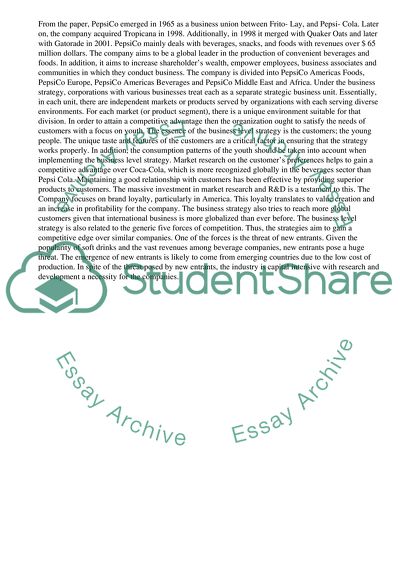Cite this document
(“PepsiCo Business Level and Corporate Level Strategies Research Paper”, n.d.)
Retrieved from https://studentshare.org/business/1455653-business-level-and-corporate-level-strategies
Retrieved from https://studentshare.org/business/1455653-business-level-and-corporate-level-strategies
(PepsiCo Business Level and Corporate Level Strategies Research Paper)
https://studentshare.org/business/1455653-business-level-and-corporate-level-strategies.
https://studentshare.org/business/1455653-business-level-and-corporate-level-strategies.
“PepsiCo Business Level and Corporate Level Strategies Research Paper”, n.d. https://studentshare.org/business/1455653-business-level-and-corporate-level-strategies.


